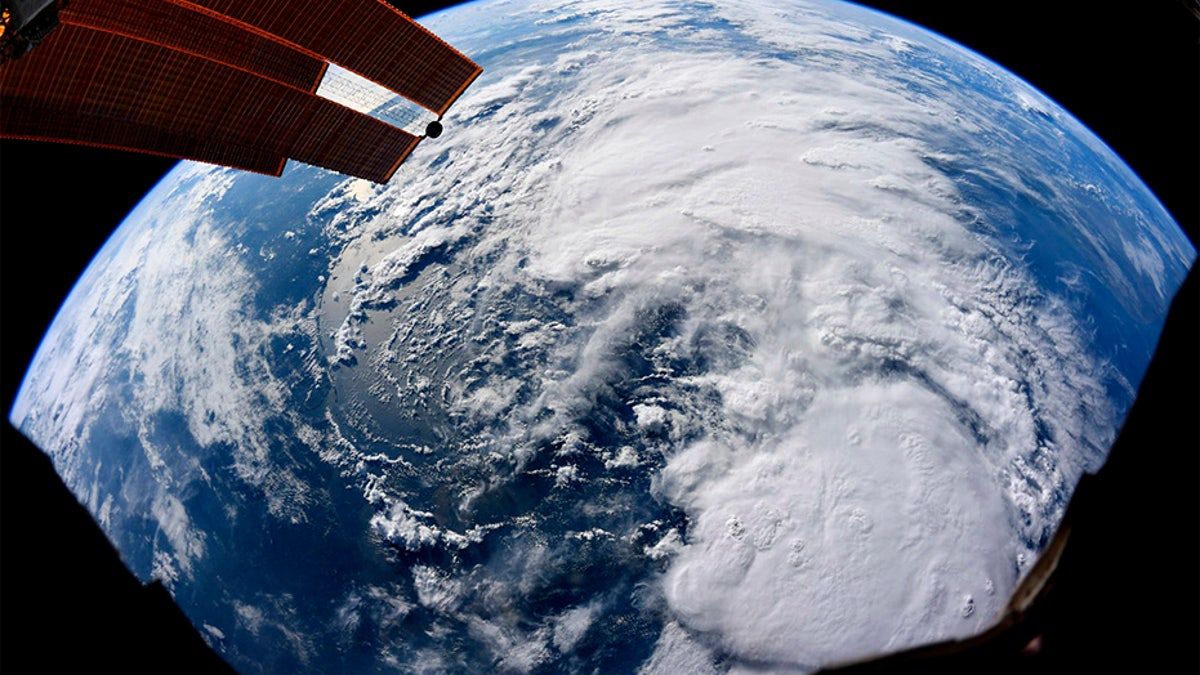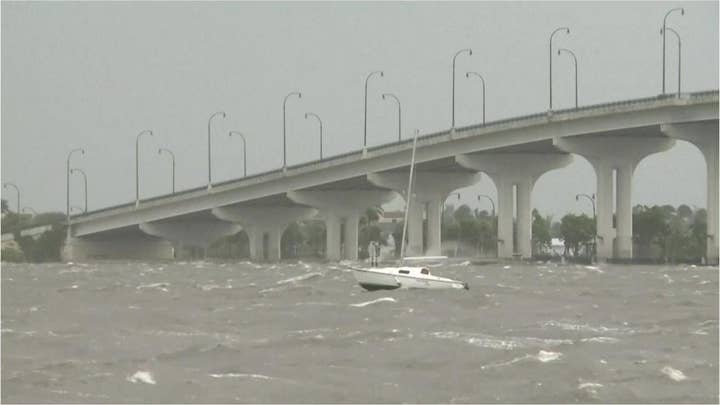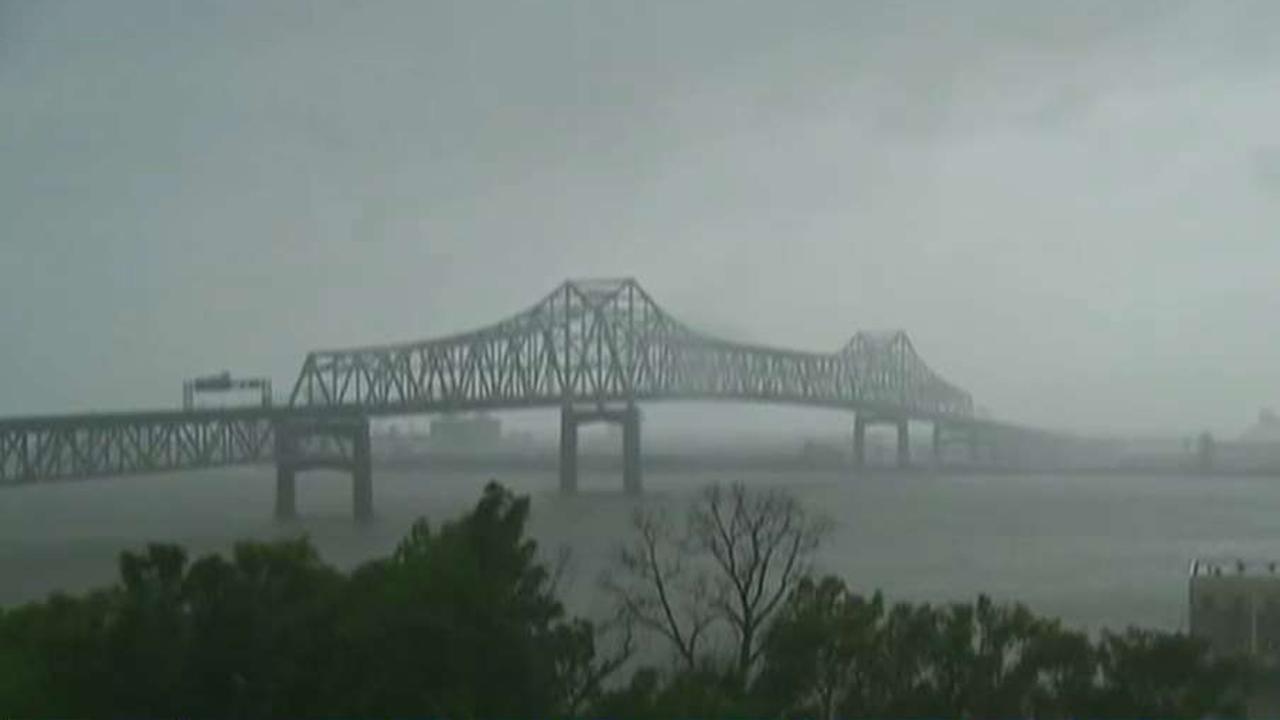Tropical storm watch vs. tropical storm warning: Here's the difference
On average, 12 tropical storms, six of which become hurricanes, form over the Atlantic Ocean, Caribbean Sea or the Gulf of Mexico during the hurricane season. The National Hurricane Center issues either a 'tropical storm watch' or 'tropical storm warning' for areas affected by tropical storms, but what's the difference between the two?
Between early June and late November, coastal locations from Texas to Maine are vulnerable to the wrath of tropical storms and hurricanes that can cause vast destruction.
On average, 12 tropical storms – six of which become hurricanes – form over the Atlantic Ocean, Caribbean Sea or the Gulf of Mexico during the hurricane season, according to the National Weather Service.
When such storms approach land, the National Hurricane Center issues either a "tropical storm watch" or "tropical storm warning" for affected communities.
HERE ARE THE DEADLIEST AND COSTLIEST HURRICANES TO HIT THE US MAINLAND
So what's the difference between the two?
'Possible threat'
When a tropical cyclone may threaten a coastal area, what's known as a "tropical storm watch" may be issued.

Tropical Storm Barry, as seen on July 11, 2019. Tropical storm watches are issued within 48 hours of a threat of a storm arriving in a coastal area. (NASA)
According to the NWS, tropical storm watches are issued when a system containing sustained winds between 39 to 73 mph or higher poses a possible threat, generally within 48 hours.
"The watch does not mean that tropical storm conditions will occur," the agency states. "It only means that these conditions are possible."
HURRICANE GETS UPGRADE TO CATEGORY 4 STORM, 54 YEARS AFTER MAKING LANDFALL
In addition to sustained winds, tropical storms may bring the threat of storm surge, coastal flooding, and/or river flooding.
'Tropical Storm Warning'
When a system with sustained winds of 39 to 73 mph or higher is expected to impact a coastal area in 36 hours or less, forecasters will issue a "tropical storm warning."
CLICK HERE FOR MORE WEATHER COVERAGE FROM FOX NEWS
"These winds may be accompanied by storm surge, coastal flooding, and/or river flooding," according to the NWS.




